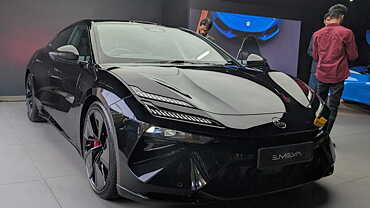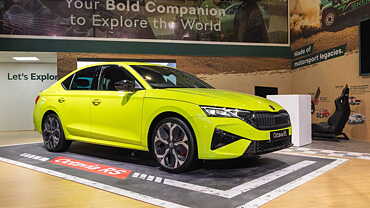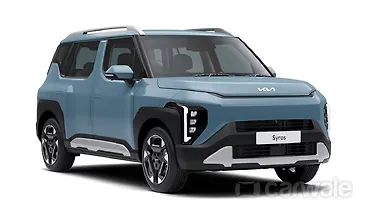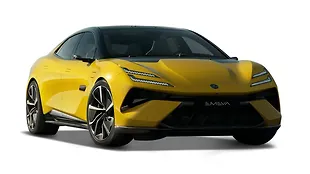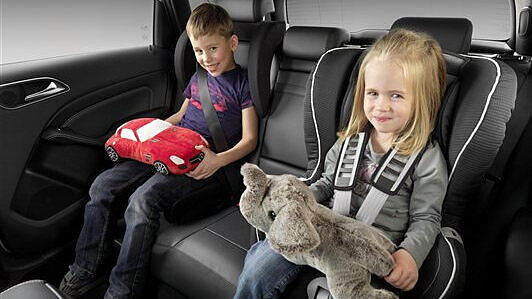
According to a regulation that will soon be passed, car makers in India will have to provide provisions for installation of Child Restraint System (CRS) on at least one of the seating positions in the car. The mandate, which is a standard in cars and buses and even in aircrafts in the US and most European countries, will come into effect in India from October 1, this year.
CRS is a hard-backed child safety seat which can be fitted on to compatible seats present in the vehicle. When a crash occurs, a rear seat occupant without a seat-belt continues moving at the same speed and will be catapulted forward into the back of the front seats, which might lead to injury. CRS is a safety device primarily designed to prevent or minimise injury to a child when a crash occurs. It reduces the risk of contact with the interior of the vehicle as well as severity of injuries when involved in a collision.

The three-point seat-belts used by adults are not designed for children’s sizes and weights and are not adequate in protecting them when in a crash. CRS is specifically designed for infants and young children and is also effective during non-collision events like sudden braking and swerving.
Car makers would have to make necessary adjustments to their seats to accommodate the CRS with different weight options for kids between 10kg and 36kg. The manufacturer will also have to provide the guidelines for fitment and use of the systems to the buyer along with vehicle. There is a callous attitude among Indians, especially in rural areas, with regards to safety of occupants. Nowadays though, an increasing number of car makers provide cars with safety features like airbags and ABS. The proper implementation of CRS enabled seats will help bring down the injury and casuality rate among children and infants.






